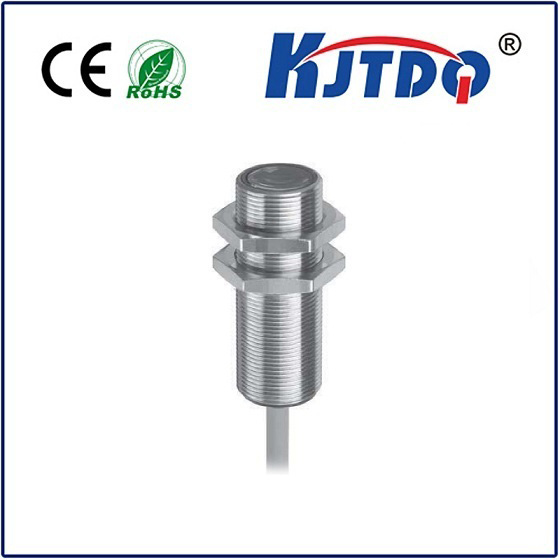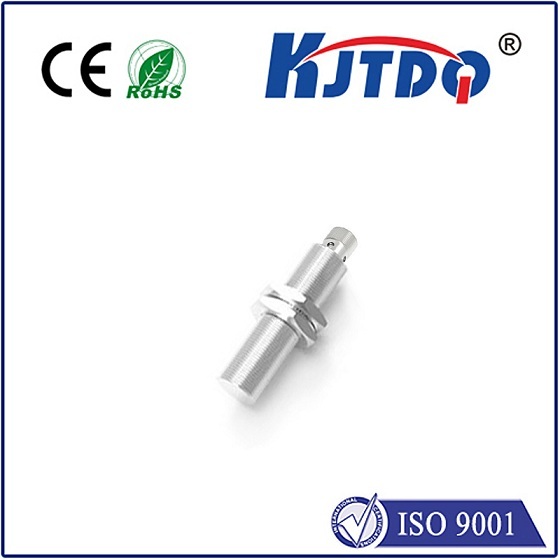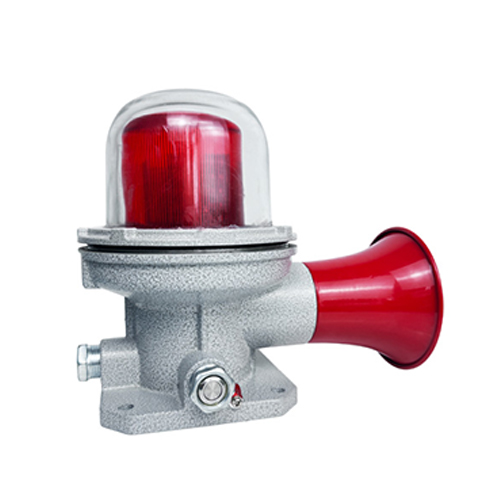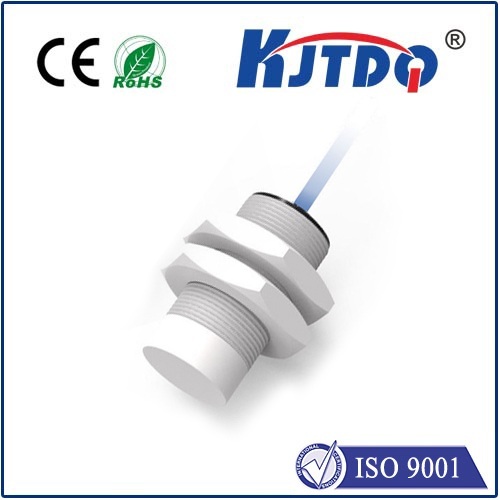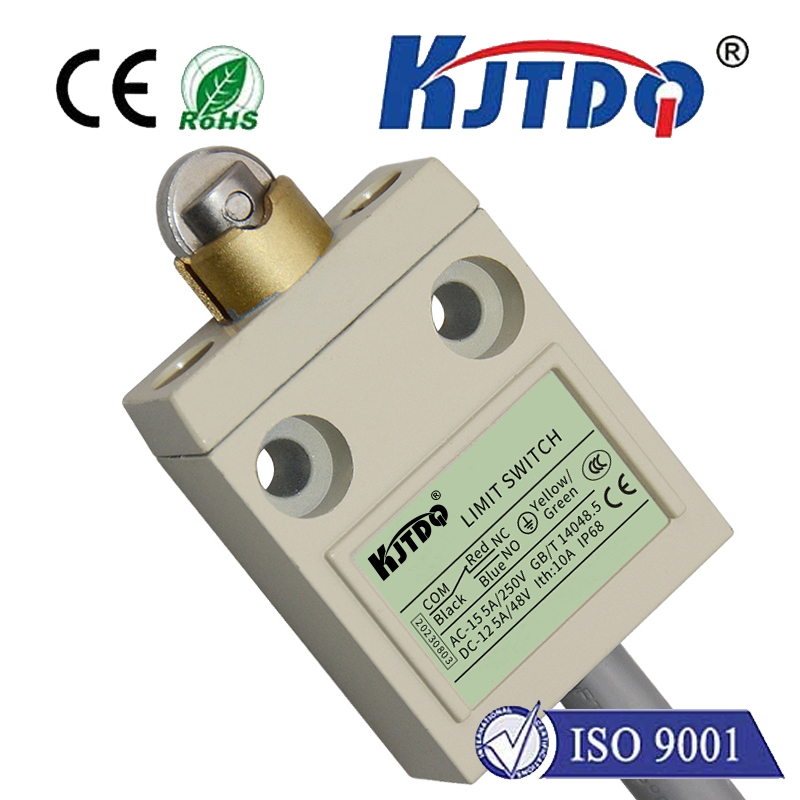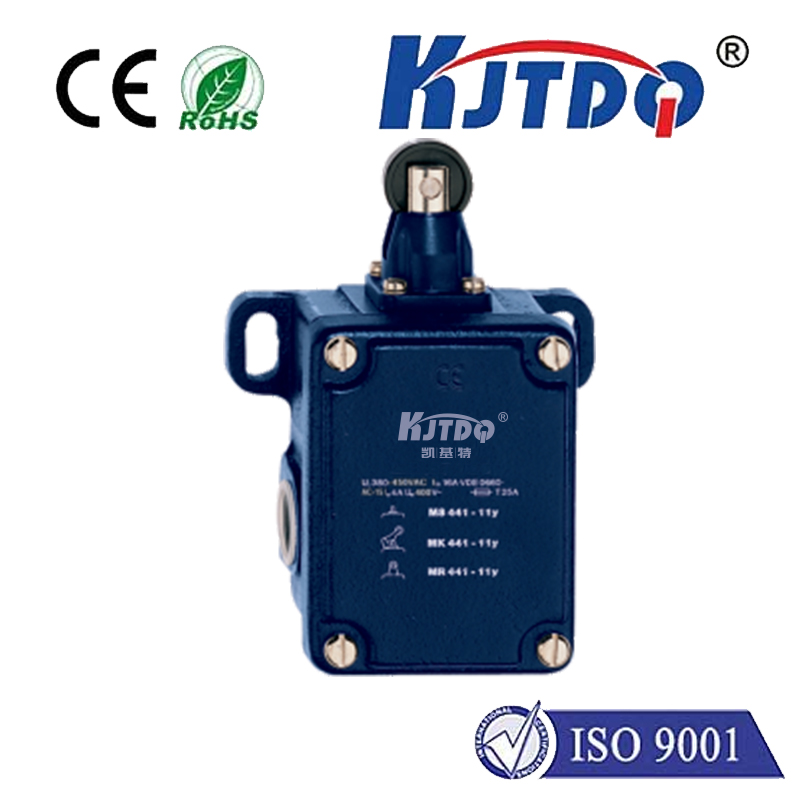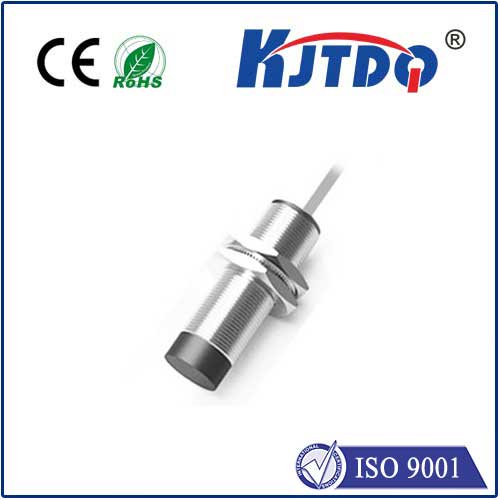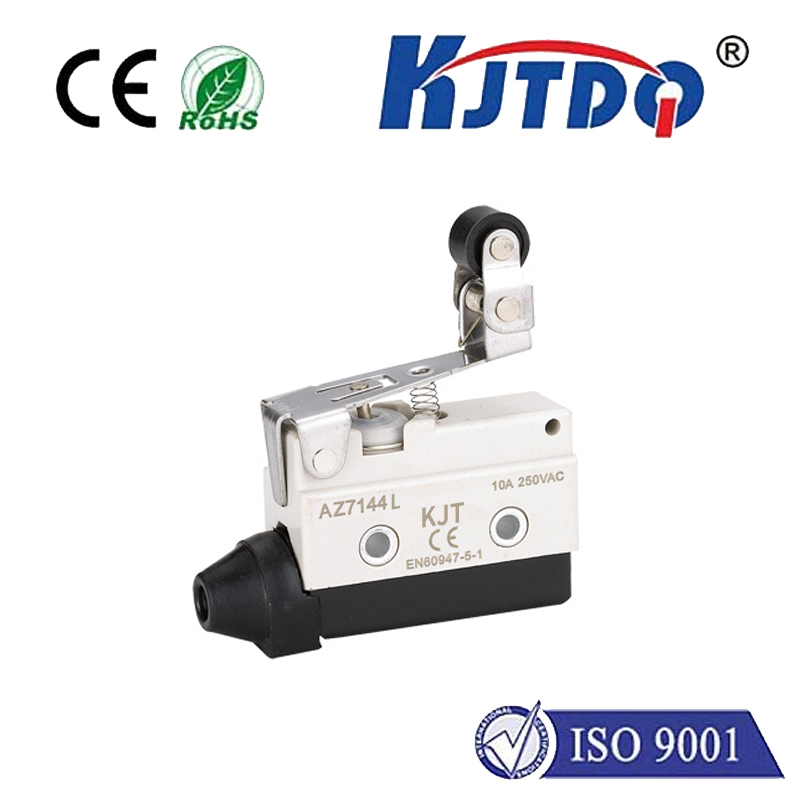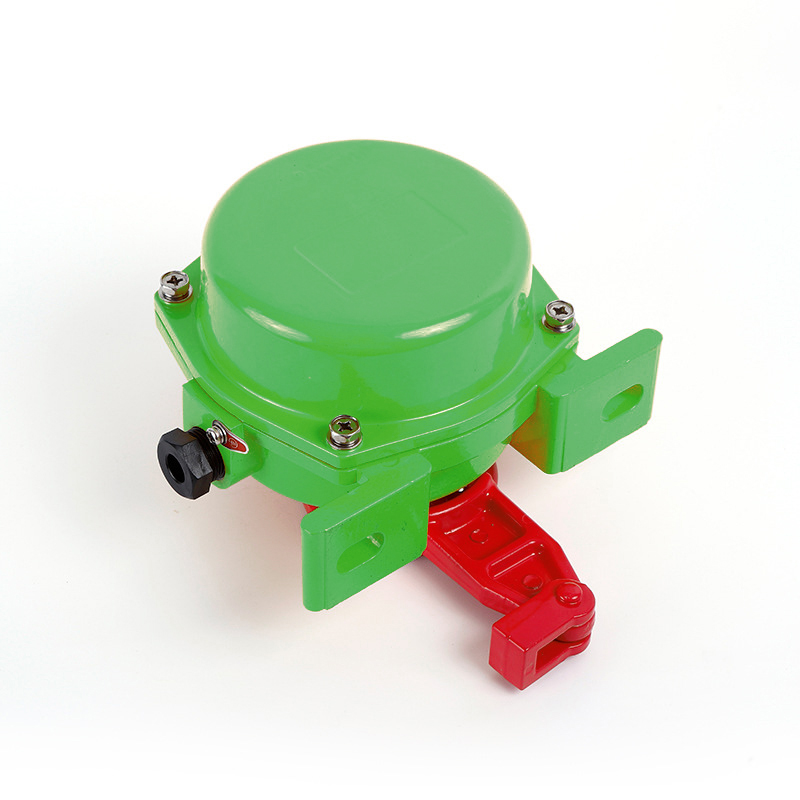

check

check

check

check

check

check

check

check

check

check
Title: Revolutionizing Instrumentation: An Exploration of Metal Proximity Sensors
Introduction
In today's technologically advanced world, the need for accurate and efficient sensors is more crucial than ever. One such sensor that has been making waves in the field of instrumentation is the metal proximity sensor. With its unique properties and versatile applications, this sensor has transformed the way we measure distances and detect presence. In this article, we will delve into the working principle, advantages, and potential future developments of metal proximity sensors.
Working Principle
Metal proximity sensors work on the principles of electromagnetic induction. They consist of two metallic parts separated by a non-conductive material called an insulator. When a magnetic field passes through the metal parts, it creates an electrical current in one part (the sensor) due to electromagnetic induction. The amount of current generated is proportional to the distance between the metal parts. This relationship makes it possible to determine the proximity of an object to the sensor using an electronic receiver.
Advantages
The metal proximity sensor offers several advantages over traditional distance measurement techniques. Firstly, it provides highly accurate readings within a small range, typically around 10-100 mm. Secondly, it operates silently and does not generate any heat or noise, making it suitable for use in sensitive environments. Thirdly, it has a high switching frequency (typically in the range of 10-50 kHz), allowing for fast response times and smooth operation in real-time applications. Fourthly, metal proximity sensors are durable and resistant to environmental factors such as temperature, humidity, and dust.
Applications
The metal proximity sensor has found numerous applications in various industries, including manufacturing, automotive, robotics, healthcare, and security. Some of the key areas where these sensors are used include:
1. Factory Automation: Metal proximity sensors are used to monitor the movement of machinery and robots to ensure safety and efficiency in production processes.
2. Automotive Industry: These sensors are used in car alarm systems, fuel level sensors, and collision detection systems to enhance safety and performance.
3. Robotics: Metal proximity sensors help robots navigate complex environments by detecting obstacles and guiding them safely around objects.
4. Healthcare: Proximity sensors are used to track vital signs and monitor patients remotely, improving patient care and outcomes.
5. Security: Metal proximity sensors are employed in access control systems, surveillance cameras, and door locks to enhance security and prevent unauthorized access.
Future Developments
As technology continues to advance, the capabilities of metal proximity sensors are expected to expand further. Some of the upcoming developments include:
1. Improved accuracy: Researchers are exploring ways to increase the sensitivity and reliability of metal proximity sensors by incorporating advanced materials and algorithms.
2. Multifunctionality: Future sensors may be able to detect multiple objects simultaneously or switch between different modes depending on their surroundings.
3. Integration with other technologies: Metal proximity sensors could potentially work in conjunction with other sensors, such as infrared or laser scanners, to provide more comprehensive information about their environment.
Conclusion
Metal proximity sensors have revolutionized the field of instrumentation by offering precise distance measurements and reliable detection of presence. Their unique properties have made them widely adopted across various industries, from manufacturing to healthcare and security. As technology continues to evolve, we can expect further advancements that will further enhance their capabilities and applications in our daily lives.
